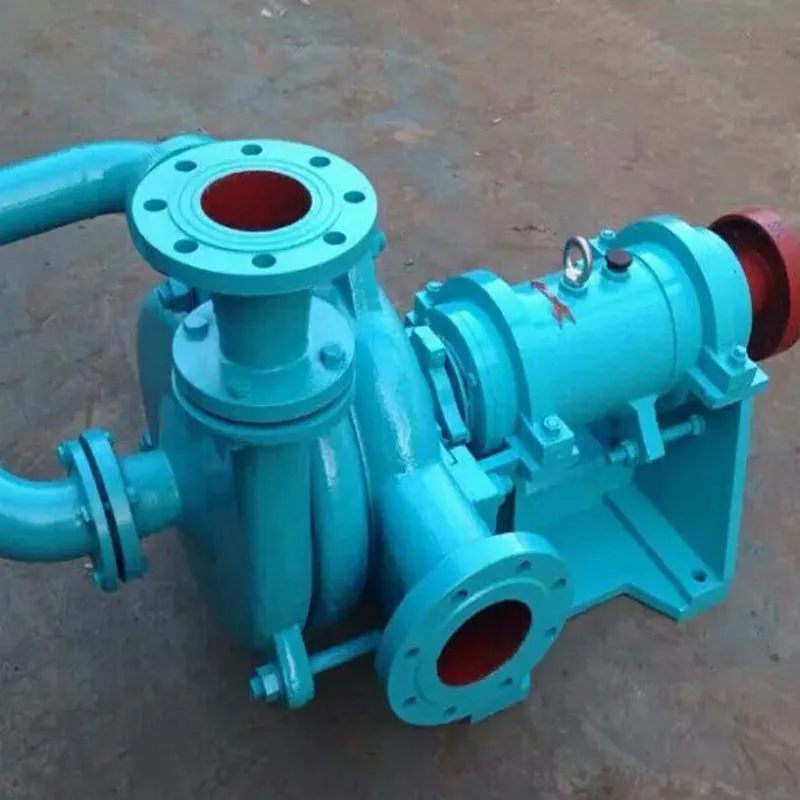English
- Afrikaans
- Albanian
- Amharic
- Arabic
- Armenian
- Azerbaijani
- Basque
- Belarusian
- Bengali
- Bosnian
- Bulgarian
- Catalan
- Cebuano
- Corsican
- Croatian
- Czech
- Danish
- Dutch
- English
- Esperanto
- Estonian
- Finnish
- French
- Frisian
- Galician
- Georgian
- German
- Greek
- Gujarati
- Haitian Creole
- hausa
- hawaiian
- Hebrew
- Hindi
- Miao
- Hungarian
- Icelandic
- igbo
- Indonesian
- irish
- Italian
- Japanese
- Javanese
- Kannada
- kazakh
- Khmer
- Rwandese
- Korean
- Kurdish
- Kyrgyz
- Lao
- Latin
- Latvian
- Lithuanian
- Luxembourgish
- Macedonian
- Malgashi
- Malay
- Malayalam
- Maltese
- Maori
- Marathi
- Mongolian
- Myanmar
- Nepali
- Norwegian
- Norwegian
- Occitan
- Pashto
- Persian
- Polish
- Portuguese
- Punjabi
- Romanian
- Russian
- Samoan
- Scottish Gaelic
- Serbian
- Sesotho
- Shona
- Sindhi
- Sinhala
- Slovak
- Slovenian
- Somali
- Spanish
- Sundanese
- Swahili
- Swedish
- Tagalog
- Tajik
- Tamil
- Tatar
- Telugu
- Thai
- Turkish
- Turkmen
- Ukrainian
- Urdu
- Uighur
- Uzbek
- Vietnamese
- Welsh
- Bantu
- Yiddish
- Yoruba
- Zulu
Telephone: +86 13120555503
Email: frank@cypump.com
Dec . 15, 2024 10:51 Back to list
Efficient Submersible Sewage Pumps for Reliable Wastewater Management Solutions
Understanding Submersible Sewage Pumps
Submersible sewage pumps are essential devices designed to effectively manage and transport wastewater and sewage. Unlike traditional pumps that require a suction line and must be installed above ground, submersible pumps operate while submerged in the fluid they are pumping. This unique design offers several advantages, making them ideal for various applications in municipal, industrial, and residential settings.
How Submersible Sewage Pumps Work
Submersible sewage pumps consist of a powerful motor housed in a sealed casing, which is protected from moisture and debris. The pump is placed directly in the wastewater, with the motor and impeller submerged below the fluid surface. When the pump is activated, the motor drives the impeller, which creates a pressure difference that draws the sewage into the pump and pushes it out through the discharge pipe. This efficient process allows for the movement of large volumes of wastewater, making it particularly useful in areas where gravity drainage is not feasible.
Key Features and Benefits
1. Space-saving Design One of the primary advantages of submersible sewage pumps is their compact design. Since they operate underwater, they do not require significant above-ground space, making them ideal for cramped environments like basements, lift stations, and wastewater treatment facilities.
2. Reduced Risk of Backflow By submerging the pump below the waste level, the risk of backflow is minimized. This feature is crucial in preventing overflow and contamination in both residential and commercial settings.
3. Energy Efficiency Submersible pumps are generally more energy-efficient than their above-ground counterparts due to their unique design, which requires less energy to pump fluid over a given distance. This efficiency can lead to significant cost savings in energy bills over time.
submersible sewage pump

4. Versatility These pumps can handle a wide range of fluids, including sewage mixed with solids, making them suitable for various applications—from draining flooded basements to managing wastewater in municipal systems. Different models may include features such as shredders or grinders to handle larger solids, further enhancing their versatility.
Applications of Submersible Sewage Pumps
Submersible sewage pumps are widely used in various sectors. In residential homes, they are often found in sump pump systems to prevent flooding, especially in areas prone to heavy rainfall. In commercial and industrial settings, these pumps play a vital role in efficiently managing wastewater, particularly in facilities such as restaurants, factories, and manufacturing plants where large volumes of waste are generated.
Municipal systems frequently utilize submersible sewage pumps to transport wastewater from lower elevations to treatment plants. Their ability to handle solid materials makes them essential for maintaining the efficiency of sewage treatment processes.
Maintenance and Considerations
While submersible sewage pumps are built for durability, regular maintenance is crucial to ensure their longevity and efficiency. Users should inspect components like the float switch, impeller, and sealing mechanism to prevent blockages and mechanical failures. It is also important to consider factors such as pump capacity, head height, and power requirements when selecting a submersible pump to ensure it meets the specific needs of the application.
Conclusion
Submersible sewage pumps are invaluable tools for managing wastewater and sewage in various residential, commercial, and municipal applications. Their unique design, coupled with energy efficiency and versatility, makes them ideal for handling the challenging demands of wastewater management. As technologies advance, these pumps continue to evolve, ensuring that they remain a critical component in modern wastewater treatment solutions.
-
ISG Series Vertical Pipeline Pump - Chi Yuan Pumps Co., LTD.|Advanced Hydraulic Design&Energy-Efficient Solutions
NewsJul.30,2025
-
ISG Series Vertical Pipeline Pump - Chi Yuan Pumps Co., LTD.
NewsJul.30,2025
-
ISG Series Vertical Pipeline Pump - Chi Yuan Pumps Co., LTD.|energy-efficient fluid handling&industrial durability
NewsJul.30,2025
-
ISG Series Vertical Pipeline Pump - Chi Yuan Pumps | Advanced Engineering&Industrial Efficiency
NewsJul.30,2025
-
ISG Series Pipeline Pump - Chi Yuan Pumps | High Efficiency, Energy Saving
NewsJul.30,2025
-
ISG Series Vertical Pipeline Pump-Chi Yuan Pumps|High Efficiency&Reliable Performance
NewsJul.29,2025










